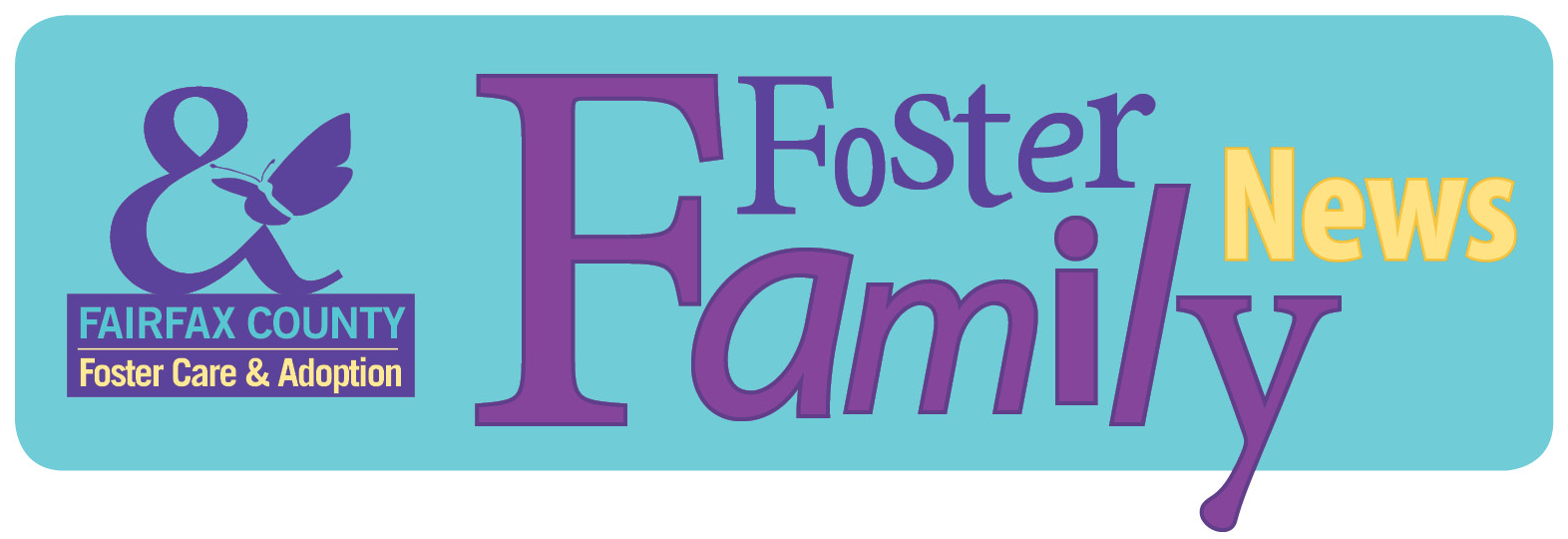
As a foster parent, you learned in PRIDE (Parent Resources for Information, Development, and Education) training about bridging the gap. This is the process of building and maintaining relationships and communication between the birth and foster families involved in a youth's life, or between the foster and adoptive families. The goal of bridging the gap is to support family reunification or another permanency plan.
The lack of physical visitation and connection with the birth or adoptive family can add stress and anxiety to an already traumatized child. This may result in an increase in behaviors or emotional distress.
 Due to COVID-19, this is a challenging time for all of us. With social distancing required for public safety, how do we make it safe for children in foster care to have critical time with their birth or adoptive families? Fairfax has moved to a virtual platform for visitations, but as a foster family what else can you do to bridge the gap and continue to strengthen the relationship between the birth or adoptive parent? Remember all visitation plans or contact with birth/adoptive families should be made in consultation with your social services specialist.
Due to COVID-19, this is a challenging time for all of us. With social distancing required for public safety, how do we make it safe for children in foster care to have critical time with their birth or adoptive families? Fairfax has moved to a virtual platform for visitations, but as a foster family what else can you do to bridge the gap and continue to strengthen the relationship between the birth or adoptive parent? Remember all visitation plans or contact with birth/adoptive families should be made in consultation with your social services specialist.
- Virtual visitations/phone calls – Help the child prepare for visitations with their birth or adoptive family. Encourage them to share information about their day or fun activities they have done. Do a project the day of visitation that the child can share and describe during the visitation. Encourage the child to share their feelings about being quarantined and away from school, friends and family.
- Virtual recordings - For babies/younger children ask if the birth or adoptive family could record themselves singing lullabies or reading goodnight stories that could be played before bed.
- Texting – If appropriate share texts with the birth or adoptive family. Sharing pictures or short videos can help for both the birth/adoptive family and child.
- Pictures– Request pictures of the birth/adoptive family. Place a picture next to the child’s bed or around the house.
- Letters – Have the child write a letter/draw picture for their birth/adoptive family. This is a great way to practice their schoolwork and connect with their family.
Remember, this is new for all of us. We have never had to navigate the world of foster care during a pandemic. Acknowledge that this is hard for everyone. Team with the birth/adoptive family to ease a child’s fears and confusion. This will strengthen everyone’s relationship and build trust.
This article posting is part of the Foster Family News monthly newsletter designed to keep foster parents informed about all the new and notable happenings in Fairfax County.
Learn about what the Foster Care & Adoption program has planned for foster families - stay on top of trends, participate in trainings and learn about policy changes.

